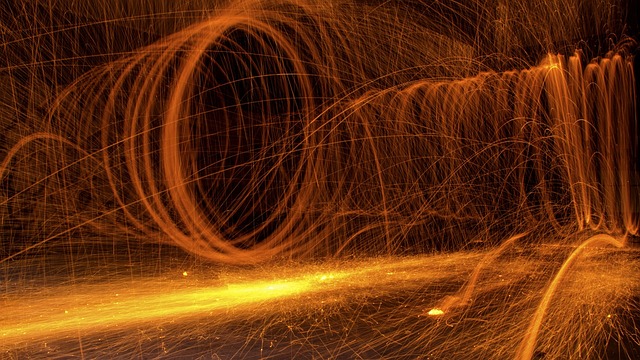Kinetic sculpture represents a mesmerizing intersection of art, movement, and innovation, capturing the very essence of dynamism in the world of fine arts. Unlike traditional sculptures, which typically embody static forms, kinetic sculptures breathe life, inviting viewers to engage with their fluidity and transformation. These captivating works compel an intimate interaction, as the integration of motion sparks both visual and emotional responses.
The artistic journey into kinetic sculpture can be traced back to the early 20th century, where pioneers like Alexander Calder explored new horizons by marrying the principles of sculpture with mechanics and engineering. Calder’s mobile structures danced gracefully, enticing onlookers to appreciate not only the physical form but the playful interaction of light, shadow, and air. Each twist and turn captured a fleeting moment, challenging our perception of what art can be.
As we delve deeper into the cultural implications of kinetic sculpture, we find a profound reflection of our contemporary society. In an era dominated by rapid change and transformation, these art pieces echo the complexities of our existence. They encapsulate the movement inherent in our daily lives—be it the hustle of city streets or the subtle motions of nature. This dialogue between art and culture transforms kinetic sculptures into poignant commentaries on our human experience, encouraging viewers to contemplate their surroundings and their place within it.
Moreover, kinetic sculptures often employ technology, merging the realms of fine arts and contemporary science. Artists like Theo Jansen and his kinetic sculptures known as Strandbeests exemplify this blend beautifully. These magnificent creations, driven by wind and motion, not only challenge our understanding of mechanics but also inspire conversations around sustainability and nature. They serve as a reminder of the possibility of harmony between art, technology, and the environment—a crucial dialogue in today’s cultural landscape.
In galleries and outdoor spaces alike, kinetic sculptures continue to capture hearts and imaginations. They challenge viewers to engage actively rather than passively, making the experience of art an adventure. As spectators walk around or even through these sculptures, they become part of the artwork itself. Each movement highlights the unique relationship between the observer and the creator, elevating art from mere visual appreciation to shared experience.
Through kinetic sculpture, artists not only create beautiful forms but also stimulate our senses and ignite our curiosity. In this dance of art and movement, we are reminded of the stories told through culture and the timeless impact of creativity. As we explor the world of kinetic sculpture, we embrace the art in motion—a celebration of life, culture, and the artistry of the human spirit.



